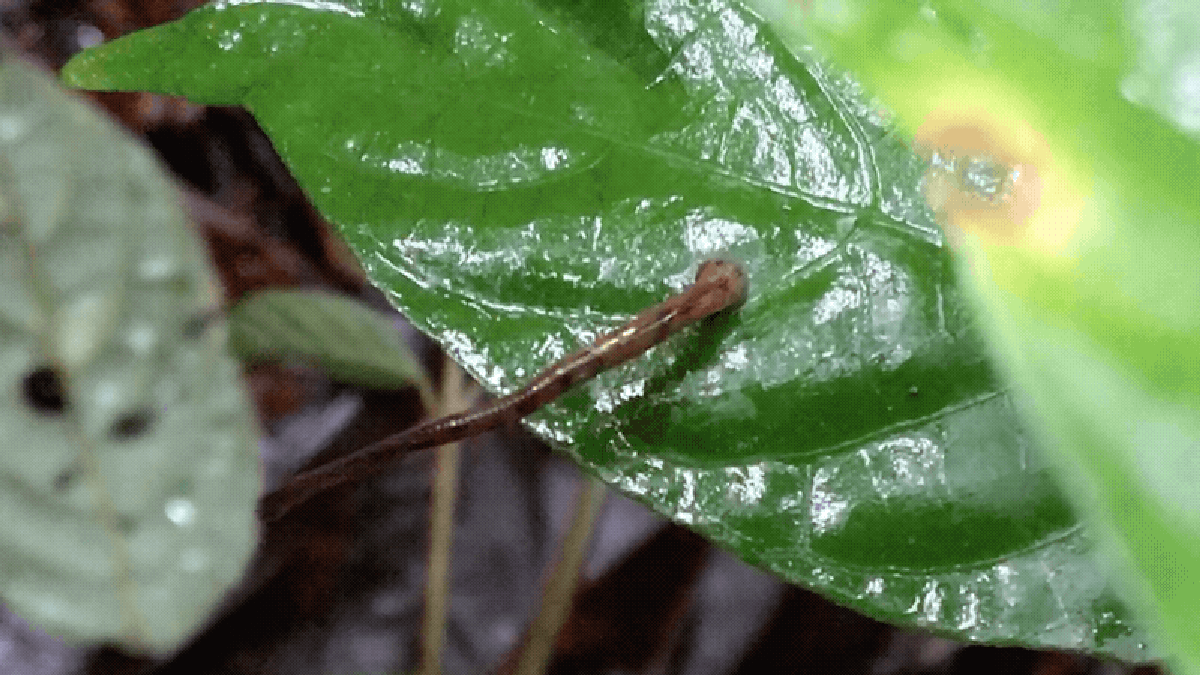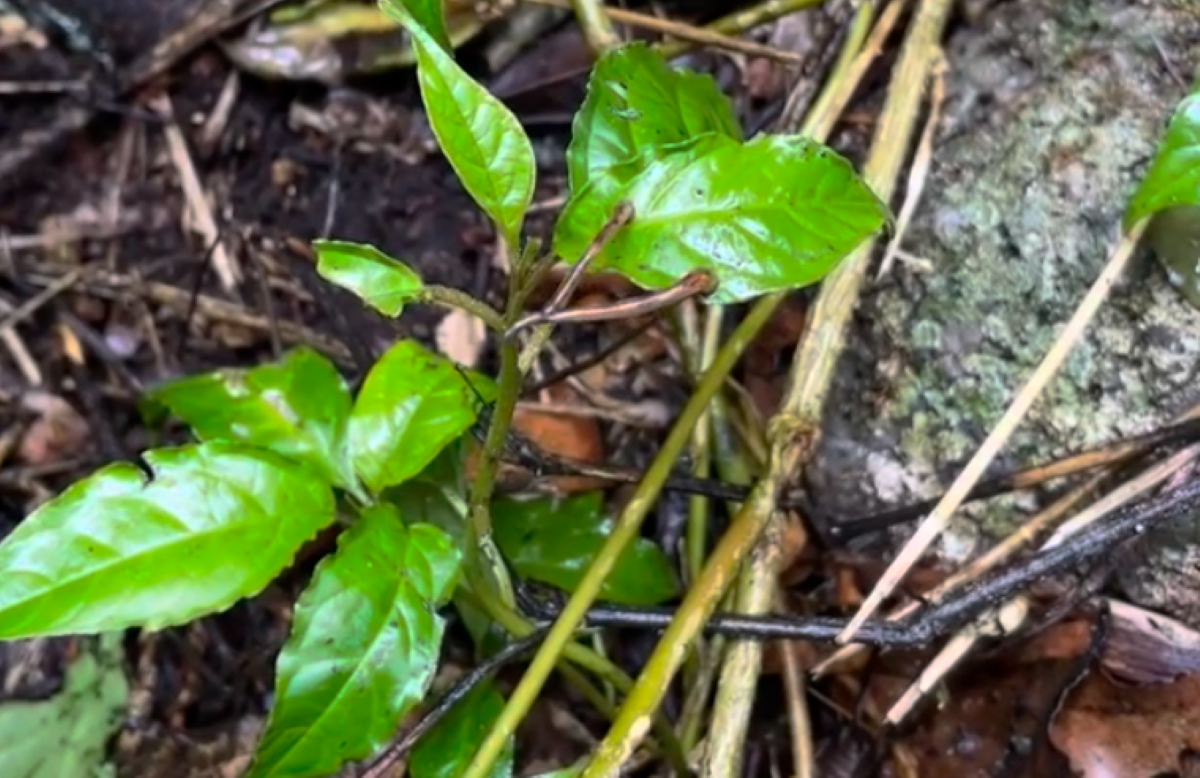
In a surprising discovery, researchers have confirmed that leeches can indeed jump. This behavior, which has been debated for centuries, was first observed in the Chtonobdella genus of leeches, commonly found in Madagascar. The jumping ability of these leeches was documented by various sources including famous 14th-century explorer Ibn Battuta and more recently by researchers from institutions such as the American Museum of Natural History, Fordham University, and City University of New York's Medgar Evers College.
The leeches prepare to jump by anchoring their rear sucker to a surface and coiling the rest of their body backwards. In one rapid motion, they launch their body forward in a manner reminiscent of a striking cobra or a spring being pulled back. This jumping behavior may be more common than anticipated as multiple jumps were captured on video.
This discovery offers new insights into the behavior and ecology of these often overlooked creatures. Researchers are now interested in analyzing the blood that leeches collect to detect biodiversity such as lemurs. Of the 800 or so named leech species, many stay in water, and this jumping debate involves land dwellers.
The definition of a jump proposed by researchers Mai Fahmy and Michael Tessler is 'an intentional movement that muscularly propels the organism outward and/or upward'. This definition applies to the Chtonobdella species, not previously proposed leapers such as Haemadipsa picta.
The first recorded evidence of jumping leeches was captured by Mai Fahmy in 2017 during her fieldwork in Madagascar. In another encounter, she observed two leeches interacting before one jumped from a leaf. The videos show the leech coiling before jumping, not just tumbling off after releasing its grip.
This behavior may help the leeches attach to hosts more effectively by allowing them to cover greater distances and reach higher surfaces.





